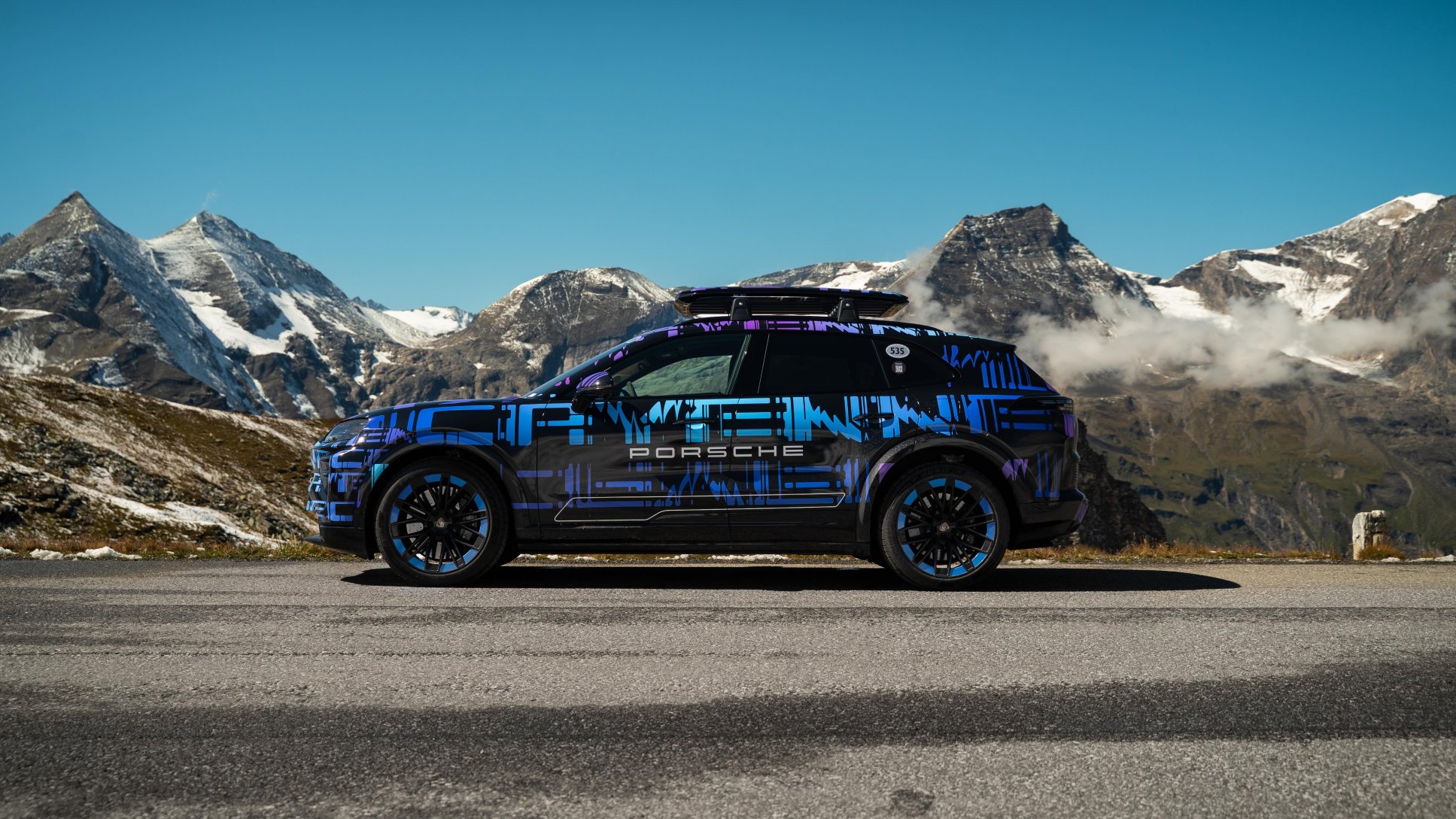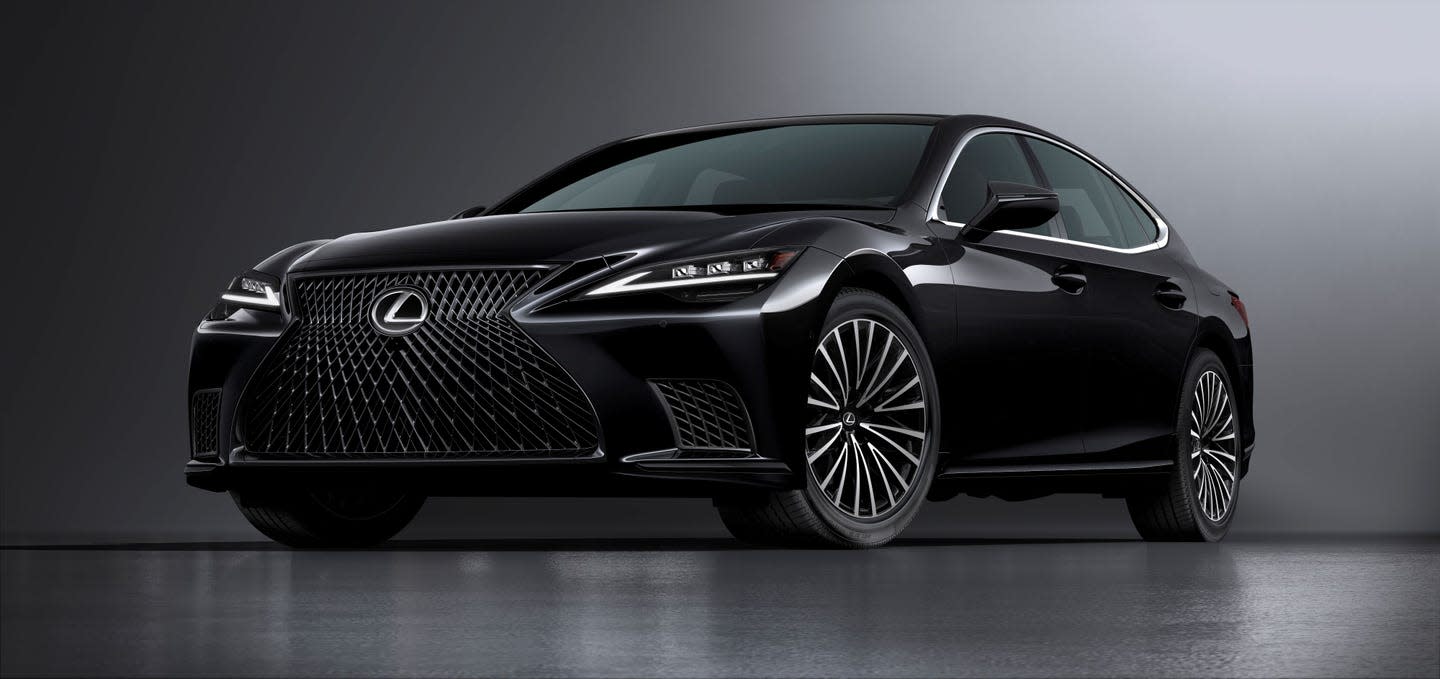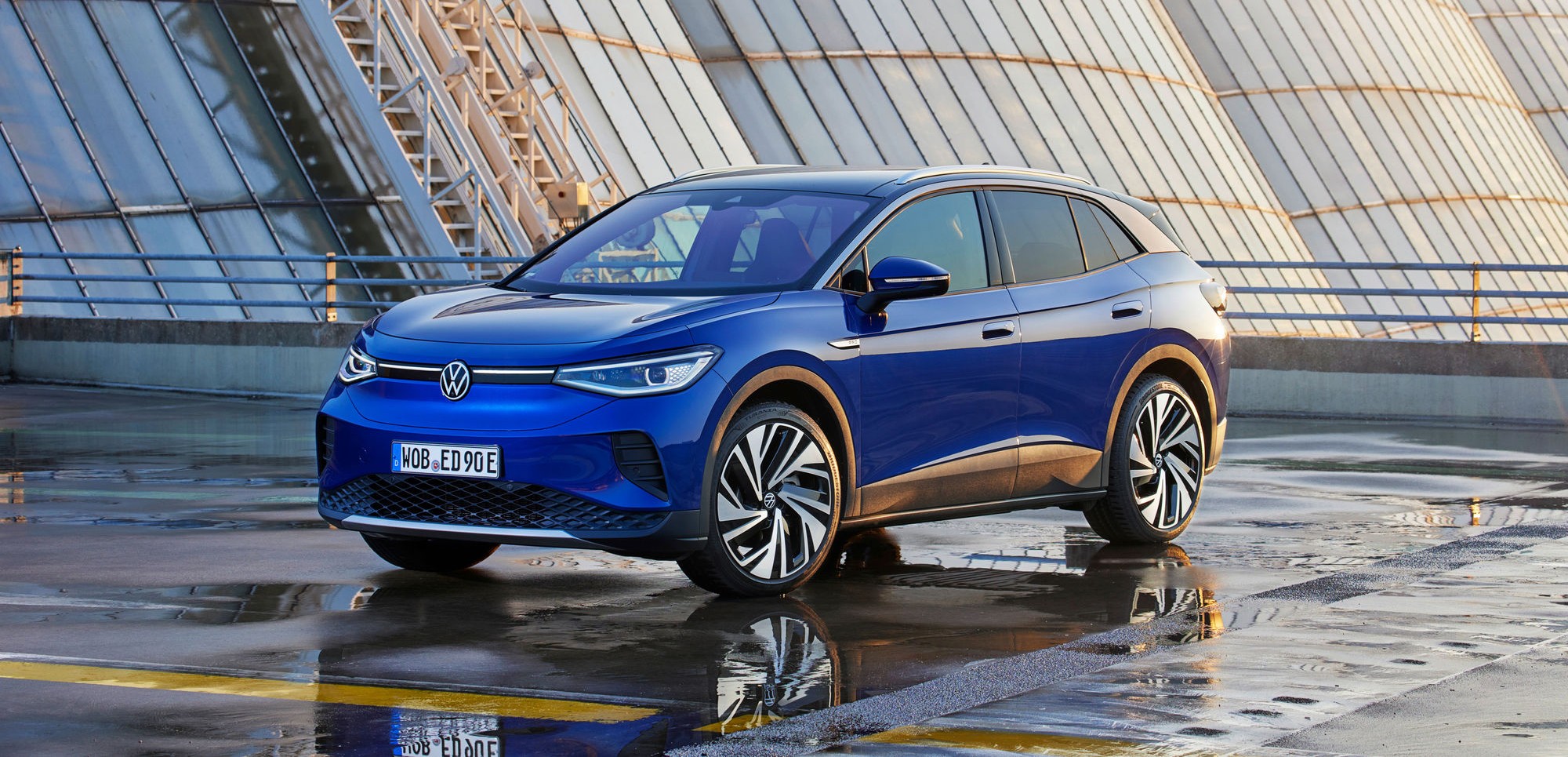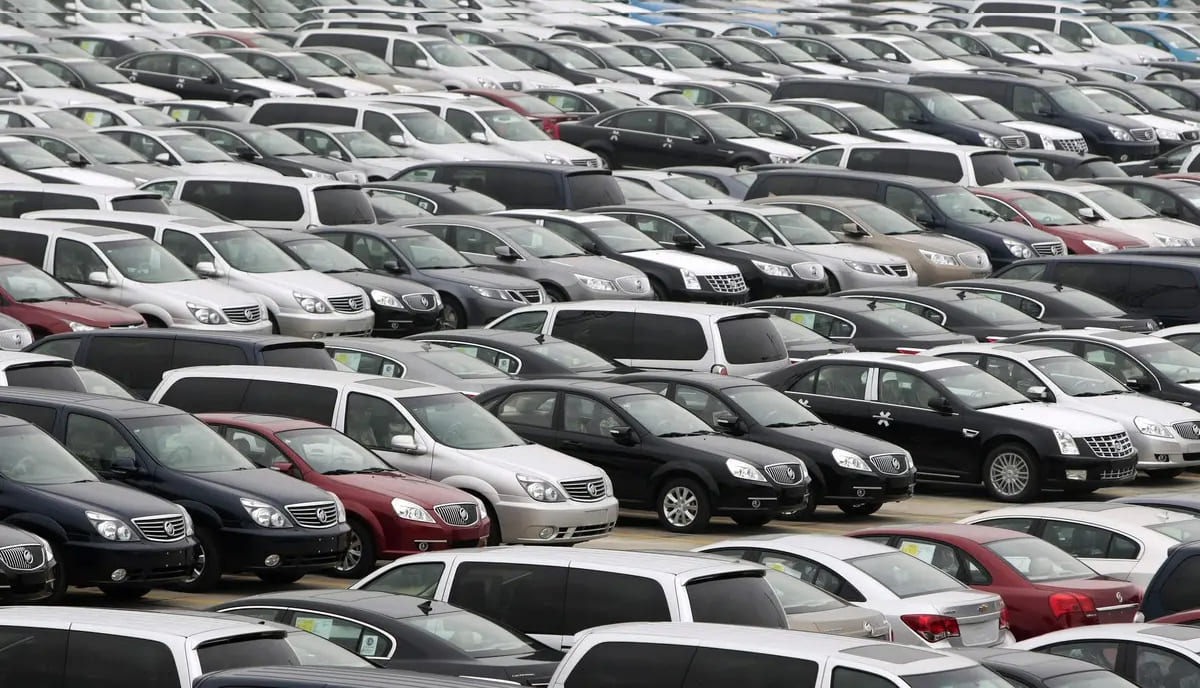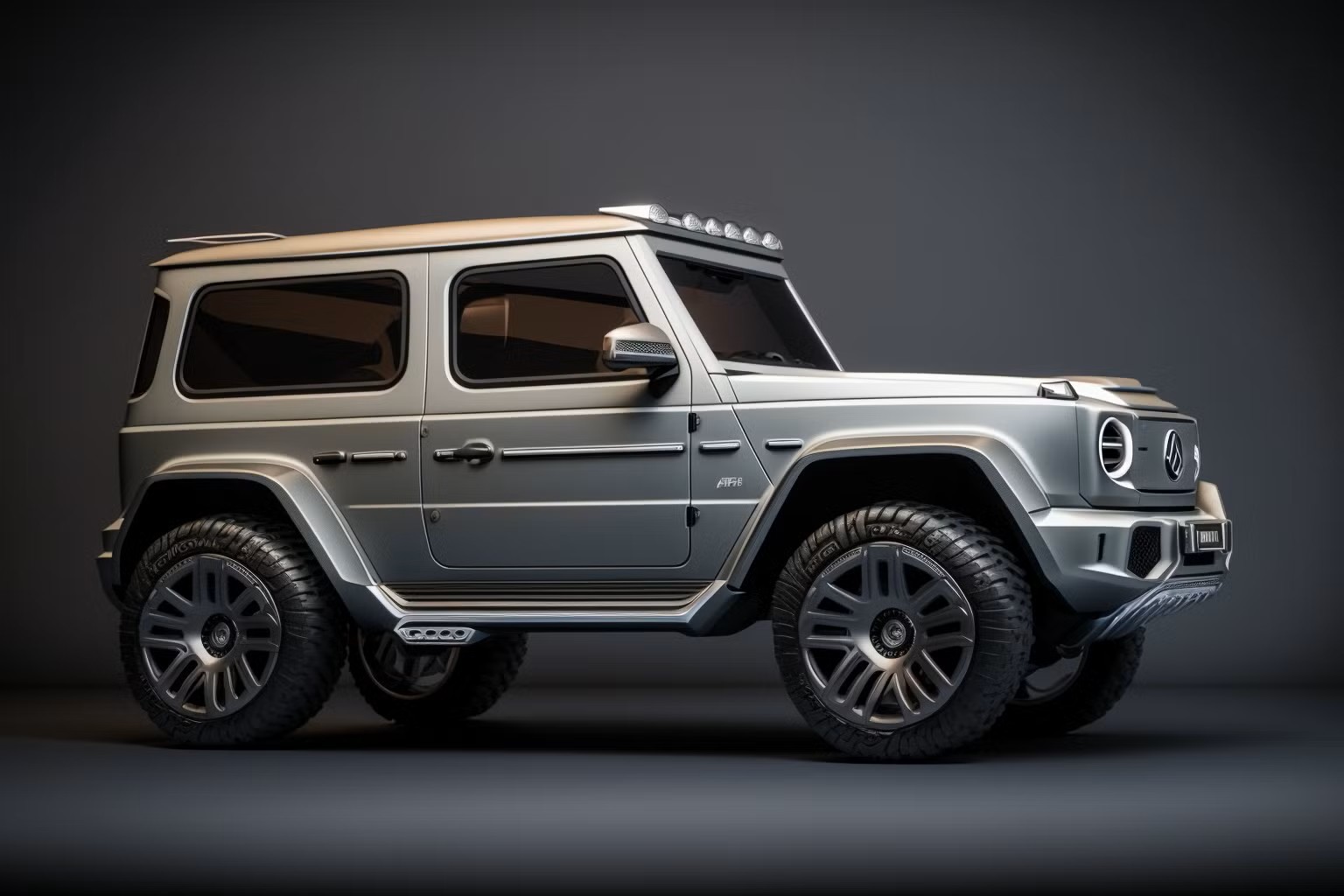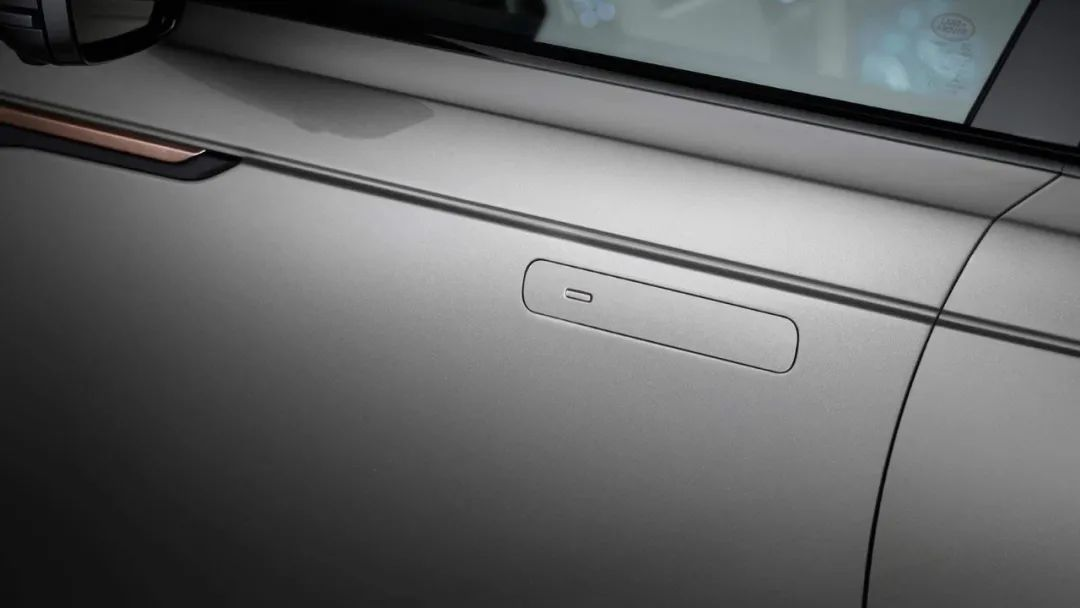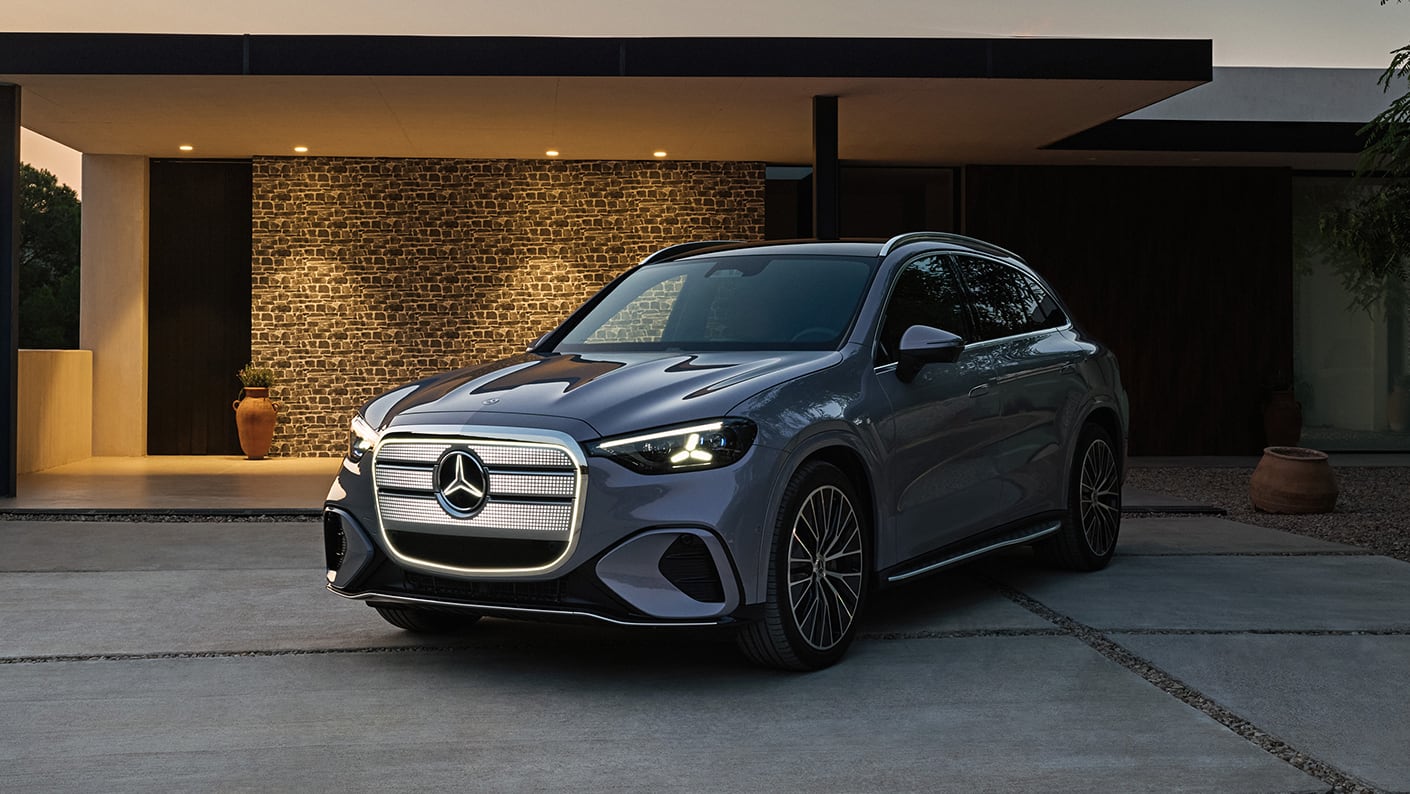Watch the Video: BYD Car Dramatically Jumps on Its Own During Its Latest Event
2 year ago

ARTICLE.VIDEO
On April 10, BYD unveiled the DiSus system during a presentation showcasing the Yangwang U9, an electric sports car from its new Yangwang brand. The vehicle was demonstrated dancing, driving with one wheel removed, and balancing upright using suspension on the remaining three corners.
While the system showcased its efficiency and responsiveness, some observers noted its similarity to the hydraulic control found in older Citroën cars, which allowed the car to lift itself so the driver could change a tire without a jack. However, many critics praised BYD’s innovative system and expressed optimism for its rapid and continuous development in the near future.
This system is comparable to technologies like Porsche’s Dynamic Chassis Control and Mercedes-Benz’s Magic Body Control. However, the key distinction lies in the fact that DiSus is the first of its kind developed by a Chinese manufacturer. The system enables active self-adjustment to counteract body roll, lower the car at certain speeds to reduce aerodynamic drag, and improve efficiency during driving.
The vehicle used in the demonstration was equipped with a version of the system called DiSus-X, one of four variants defined by BYD for this technology. According to company statements and critics' expectations, a version called DiSus-P will be integrated into the Yangwang U8 SUV, followed by DiSus-A for the Denza N7 model. Additionally, the DiSus-C version will be incorporated into other Denza models as well as BYD Han and Tang vehicles.
BYD also announced its ambitious global expansion plans, specifically targeting Europe, starting with Sweden and Germany, and later expanding to Norway, Denmark, the Netherlands, Belgium, Luxembourg, France, and the UK. The company further revealed its next-generation EV platform, boasting a maximum range of up to 600 miles and 800-volt fast charging capabilities.
HOMEPAGE.RELATED_ARTICLES
COMMON.SEE_ALL
